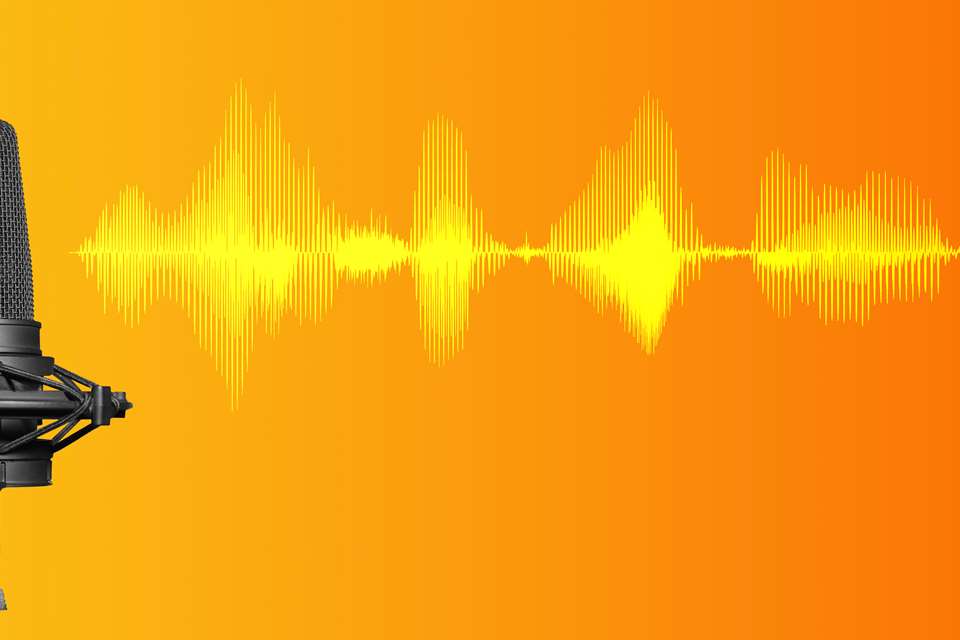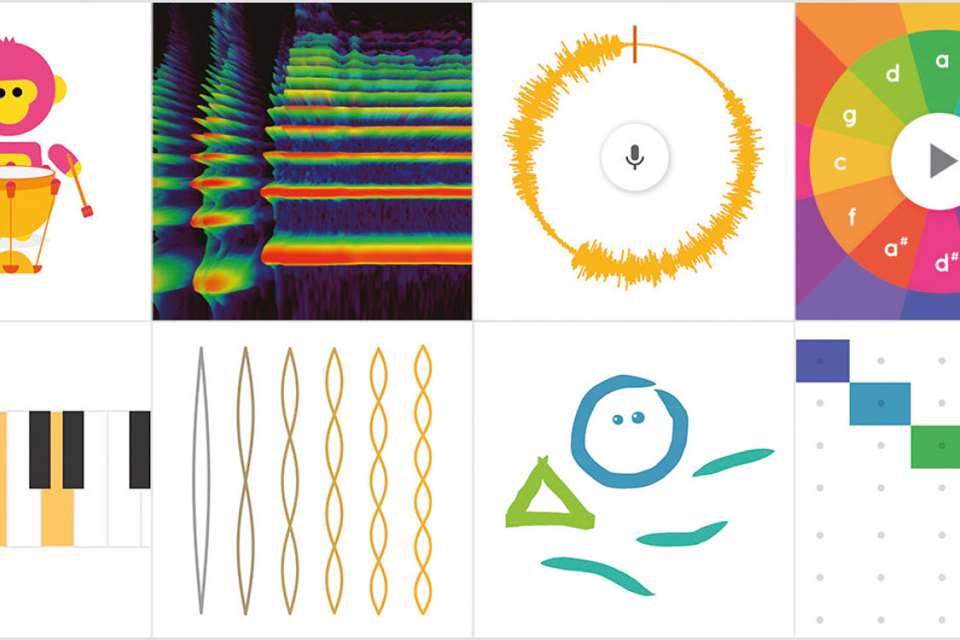Tech Column: Mute solutions
Dale Wills
Thursday, December 1, 2022
Intrigued by evolving technologies enabling musicians to practise ‘muted’, Dale Wills runs through some options for woodwind and brass students struggling to find suitable practice spaces

One of the advantages of being a keyboard player is the ability to plug in a jack lead and practise with impunity at any time of the day or night. Thanks to the ingenuity of the instrument building community, this luxury has now been afforded to drummers, guitarists and even string players, who have access to ever-improving digital instruments. The one group who have been left behind in this insatiable march of musical progress is our colleagues in the wind and brass section.
How mutes work
Practice mutes for brass players are not new. Monteverdi calls for the first recorded muted trumpet in L’Orfeo. While a variety of tone-bending solutions were developed over the next 400 years, the challenge of creating a mute to allow brass players to practise with impunity took far longer to address. This is mainly due to the physics of sound production; practice mutes operate by redirecting the air flow back into the instrument, which causes a build-up of pressure and changes the tuning of the instrument – often quite substantially in the upper and lower registers.
The challenge is to create a device that allows air to pass through as naturally as possible but reduces the amplitude of the air flow without causing a backlog of pressure. Ideally, the mute would also allow a similar airflow ratio to the unmuted experience in order to preserve the physical sensation of playing in tune across all registers. You might be forgiven for thinking that Isaac Newton might have an opinion on the subject!
Brass options
There are a range of products on the market which have attempted to scale this particular Everest of physics. Best Brass produces a range of ‘warm up’ mutes for brass instruments, which boast an impressive 30dB reduction across all registers. The aluminium cup allows air to pass directly through, capturing the wave in a ‘resonating chamber’. The resulting sound is surprisingly natural and uncoloured, and significantly reduced in volume. My colleagues tell me that the experience is reassuringly similar to playing unmuted in terms of intonation and control, with only a few occasional notes on break point particularly ‘coloured’ by the mute.
A design from Hawkins Mutes takes the challenge even further with a mute which resembles the inside of a computer-designed concert hall. Years of research into the problem led Tony Hawkins to demand a mute that is easy to play with, avoids any intonation issues or problem notes, and still produces a beautiful tone. By utilising computer design, they created an aesthetically pleasing mute, replete with angles, which promises to eliminate standing waves, giving a natural experience even across breaks. Although not dedicated practice mutes, the results provide an impressive dB reduction with no sacrifice in tone.
The ingenious people at Yamaha have gone one step further with their Silent Brass series: the ‘silent’ brass mute. Finally offering brass players what many of their orchestral colleagues have had for years, the PM7-X offers players an earphone system to listen to their playing, while providing a 35–40dB reduction to the outside world. The system redirects and dissipates the soundwave out to the sides of the mute, giving a surprising volume reduction.
While the real-world sound is much more coloured as a result, the in-ear pick up sounds surprisingly unaffected, allowing players to work on details of their performance without receiving noise complaints from the neighbours. Available across the whole range of brass instruments, there are some issues of fit and compatibility with some instrument designs, but for the magic the Silent Brass series promises, some exploration is justified.
Wind options
For wind players, the problem is less easily addressed. Although less pervasive in sheer decibels, the sound of a wind instrument can travel for miles and can cause players some challenges in finding an appropriate practice space. One ingenious solution has been offered by the makers of Saxmute. The makers claim a reduction of up to 50 per cent of the unmuted level, with only a slight increase in pressure. The result is an even playing experience with no impact on intonation or embouchure. The device, which looks something like a sponge pipe cleaner, absorbs much of the sound without colouring the result or impacting, or unduly impacting, the playing experience.
Although the world of silent playing for wind and brass is still languishing behind the solutions available to other instruments, the ingenuity of the instrument building community is producing ever more daring solutions. Watch this space – just don't expect to listen to this space!









